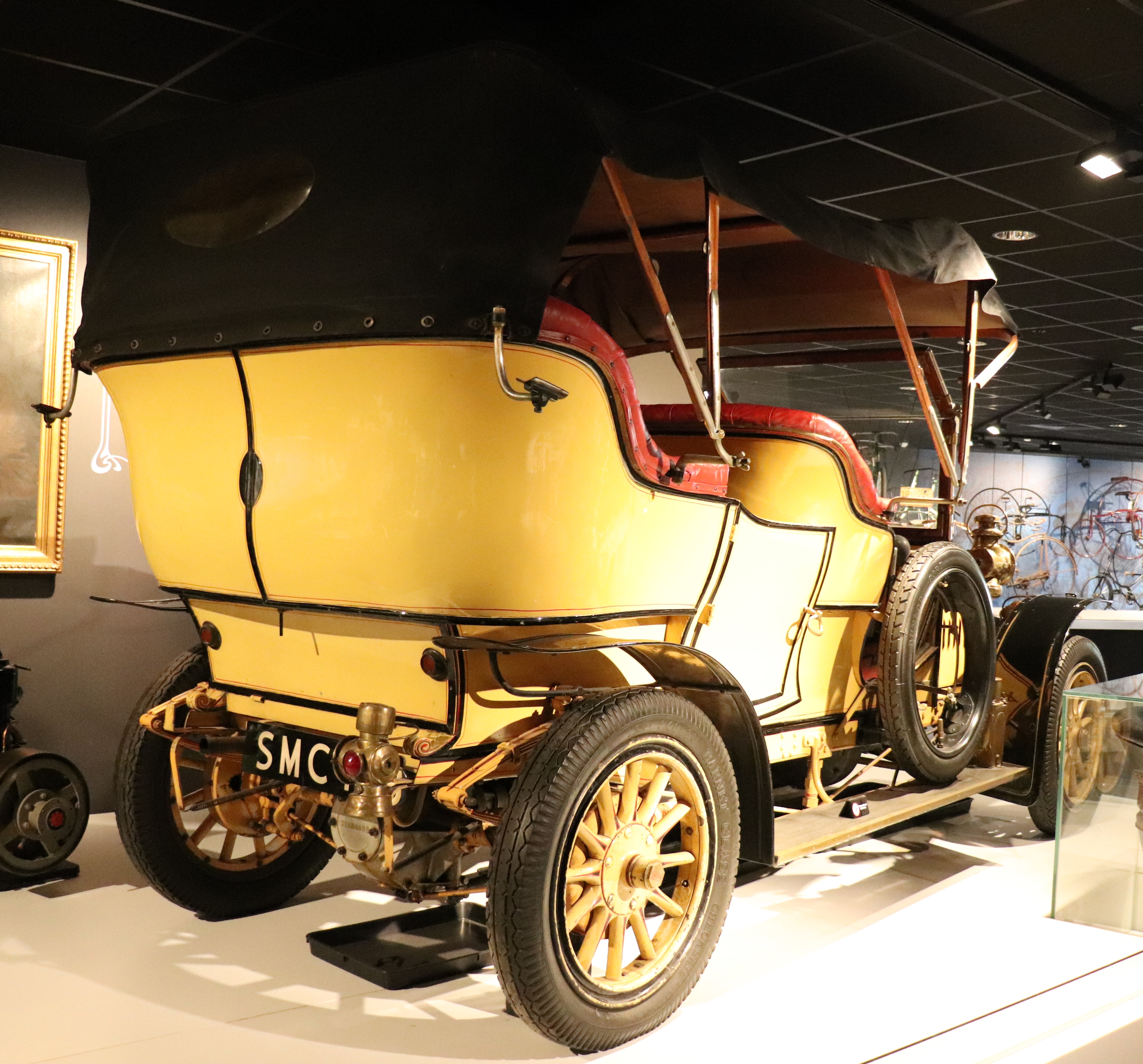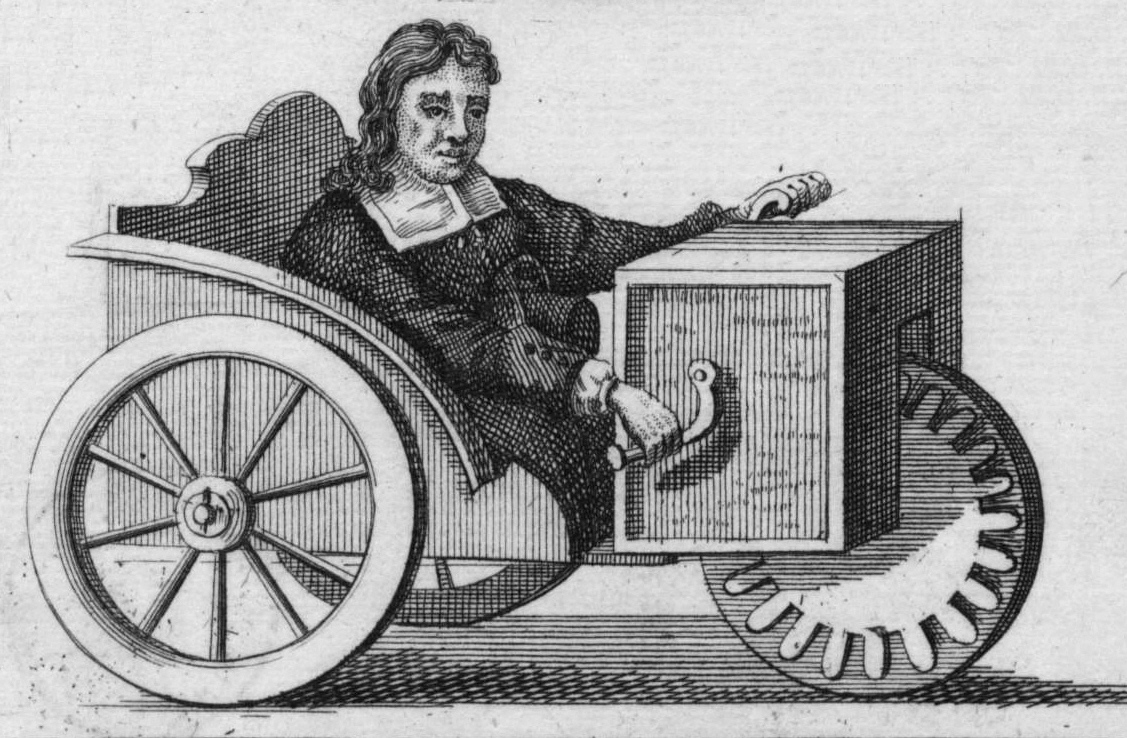|
Mototri Contal
The Mototri Contal was a French automobile manufactured from 1907 until 1908. More elaborate than most three-wheelers of its era, it featured Roi-des-Belges ("King of the Belgians") or tulip phaeton was a car body style used on luxury motor vehicles in the early 1900s. It was a double phaeton body, phaeton with exaggerated bulges "suggestive of a tulip". The rear bulges accommodated two corner seats ... bodywork on its more expensive models; the company also manufactured delivery tricycles. One of the firm's tricars was featured in the 1907 Peking-Paris Race. References * David Burgess-Wise, ''The New Illustrated Encyclopedia of Automobiles''. . External links Mototri-Contal (photos & history) Defunct motor vehicle manufacturers of France Cars introduced in 1907 Cars discontinued in 1908 {{brass-auto-stub ... [...More Info...] [...Related Items...] OR: [Wikipedia] [Google] [Baidu] |
Three-wheeler
A three-wheeler is a vehicle with three wheels. Some are motorized tricycles, which may be legally classed as motorcycles, while others are tricycles without a motor, some of which are human-powered vehicles and animal-powered vehicles. Overview Many three-wheelers which exist in the form of motorcycle-based machines are often called trikes and often have the front single wheel and mechanics similar to that of a motorcycle and the rear axle similar to that of a car. Often such vehicles are owner-constructed using a portion of a rear-engine, rear-drive Volkswagen Beetle in combination with a motorcycle front end. Other trikes include that are specially constructed for off-road use. Three-wheelers can have either one wheel at the back and two at the front (2F1R), (for example: Morgan Motor Company) or one wheel at the front and two at the back (1F2R) (such as the Reliant Robin). Due to better safety when braking, an increasingly popular form is the front-steering "tadpole" ... [...More Info...] [...Related Items...] OR: [Wikipedia] [Google] [Baidu] |
Roi-des-Belges
("King of the Belgians") or tulip phaeton was a car body style used on luxury motor vehicles in the early 1900s. It was a double phaeton body, phaeton with exaggerated bulges "suggestive of a tulip". The rear bulges accommodated two corner seats like tub armchairs which were accessed from the rear by a central door with a small fold-down seat. The Roi-des-Belges style began with a 1901 40 hp Panhard, Panhard et Levassor with a Rothschild body commissioned by Leopold II of Belgium, ''Monarchy of Belgium, Roi des Belges''. The style and the name ''Roi-des-Belges'' were used on many makes of the time, including Mototri Contal, Packard, Rolls-Royce Silver Ghost, Spyker, and Renault and by other Coachbuilder, coachwork builders. Notes References External links Roi-des-Belges body, 1907, unrestored. Car body styles 1900s cars {{brass-auto-stub ... [...More Info...] [...Related Items...] OR: [Wikipedia] [Google] [Baidu] |
Coachbuilder
A coachbuilder manufactures bodies for passenger-carrying vehicles. The trade of producing coachwork began with bodies for horse-drawn vehicles. Today it includes custom automobiles, buses, Coach (bus), motor coaches, and passenger car (rail), railway carriages. The word "coach" was derived from the Hungarian town of Kocs. A vehicle body constructed by a coachbuilder may be called a "coachbuilt body" (British English) or "custom body" (American English), and is not to be confused with a custom car. Prior to the popularization of unibody construction in the 1960s, many independent coachbuilders built bodies on rolling chassis provided by Luxury car, luxury or sports car manufacturers, both for individual customers and makers themselves. Marques such as Ferrari originally outsourced all bodywork to coachbuilders such as Pininfarina and Carrozzeria Scaglietti, Scaglietti. Today, the coach building trade has largely shifted to making bodies for short runs of specialized com ... [...More Info...] [...Related Items...] OR: [Wikipedia] [Google] [Baidu] |
Tricycle
A tricycle, sometimes abbreviated to trike, is a Human-powered transport, human-powered (or gasoline or electric motor powered or assisted, or gravity powered) Three-wheeler, three-wheeled vehicle. Some tricycles, such as cycle rickshaws (for passenger transport) and freight trikes, are used for commercial purposes, especially in the developing world, particularly Africa and Asia. In the West, adult-sized tricycles are used primarily for recreation, shopping, and exercise. Tricycles are favoured by children, the disabled, and senior adults for their apparent stability versus a bicycle; however a Three-wheeler#Two rear, conventional trike may exhibit poor dynamic lateral stability, and the rider should exercise appropriate operating caution when cornering (e.g., with regard to speed, rate of turn, slope of surface) and operating technique (e.g., leaning the body 'into' the turn) to avoid tipping the trike over. Designs such as recumbents or others which place the rider lower relat ... [...More Info...] [...Related Items...] OR: [Wikipedia] [Google] [Baidu] |
Peking To Paris
The Peking to Paris motor race was an automobile race, originally held in 1907, between Beijing, Peking (now Beijing), then Qing dynasty, Qing China (now the China, People's Republic of China) and Paris, France (then the Third French Republic), a distance of . The idea for the race came from a challenge published in the Paris newspaper ''Le Matin (France), Le Matin'' on 31 January 1907, reading: :"''What needs to be proved today is that as long as a man has a car, he can do anything and go anywhere. Is there anyone who will undertake to travel this summer from Paris to Peking by automobile?''" Eventually the race started from the French embassy in Peking on 10 June 1907. The winner, Prince Scipione Borghese, 10th Prince of Sulmona, Scipione Borghese, arrived in Paris on 10 August 1907. 1907 teams There were forty entrants in the race, but only five teams ended up going ahead with shipping the cars to Peking. The race was held despite the race committee cancelling the race. ... [...More Info...] [...Related Items...] OR: [Wikipedia] [Google] [Baidu] |
David Burgess-Wise
David Burgess-Wise is a motoring author, enthusiast, and automobile historian A historian is a person who studies and writes about the past and is regarded as an authority on it. Historians are concerned with the continuous, methodical narrative and research of past events as relating to the human species; as well as the .... According to the dustcover of the book "The Illustrated Encyclopedia of Automobiles" he edited in 1979, David Burgess Wise ith no "-"was born in 1942. A motoring writer since 1960, Burgess-Wise has written 25 books on motoring history. He also edits the award-winning ''Aston'', journal of the Aston Martin Heritage Trust. See also * Electric Motive Power References External links * Living people British motoring journalists Automotive historians Year of birth missing (living people) 20th-century British male writers 20th-century British non-fiction writers 21st-century British male writers 21st-century British non-fiction writers [...More Info...] [...Related Items...] OR: [Wikipedia] [Google] [Baidu] |
Defunct Motor Vehicle Manufacturers Of France
{{Disambiguation ...
Defunct may refer to: * ''Defunct'' (video game), 2014 * Zombie process or defunct process, in Unix-like operating systems See also * * :Former entities * End-of-life product * Obsolescence Obsolescence is the process of becoming antiquated, out of date, old-fashioned, no longer in general use, or no longer useful, or the condition of being in such a state. When used in a biological sense, it means imperfect or rudimentary when comp ... [...More Info...] [...Related Items...] OR: [Wikipedia] [Google] [Baidu] |
Cars Introduced In 1907
A car, or an automobile, is a motor vehicle with wheels. Most definitions of cars state that they run primarily on roads, seat one to eight people, have four wheels, and mainly transport people rather than cargo. There are around one billion cars in use worldwide. The French inventor Nicolas-Joseph Cugnot built the first steam-powered road vehicle in 1769, while the Swiss inventor François Isaac de Rivaz designed and constructed the first internal combustion-powered automobile in 1808. The modern car—a practical, marketable automobile for everyday use—was invented in 1886, when the German inventor Carl Benz patented his Benz Patent-Motorwagen. Commercial cars became widely available during the 20th century. The 1901 Oldsmobile Curved Dash and the 1908 Ford Model T, both American cars, are widely considered the first mass-produced and mass-affordable cars, respectively. Cars were rapidly adopted in the US, where they replaced horse-drawn carriages. In Europe and other pa ... [...More Info...] [...Related Items...] OR: [Wikipedia] [Google] [Baidu] |




